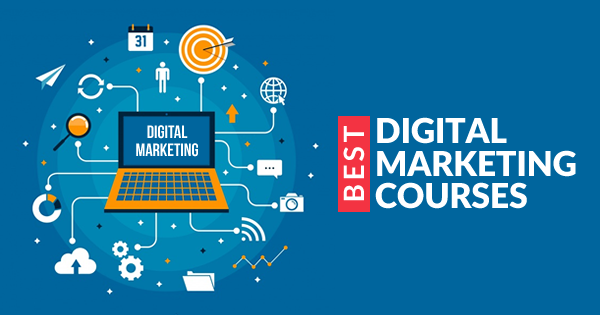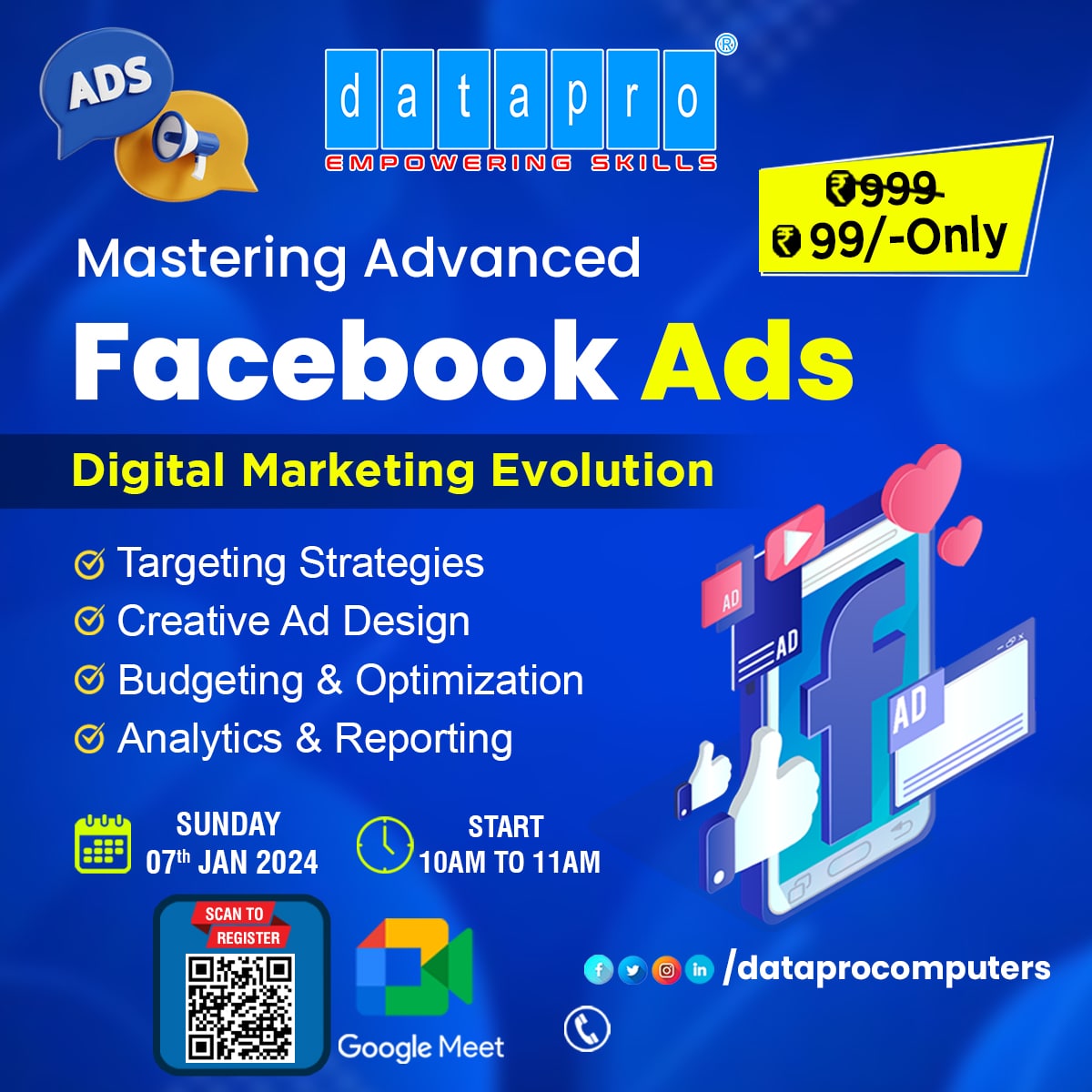
Introduction to Social Media Marketing
In today’s digital world. With more and more people turning to the internet to search for products and services, it is essential for businesses to establish a solid online presence to stay competitive. An online presence not only allows businesses to reach a wider audience but also enables them to connect with their customers on a deeper level. By utilizing various online platforms, businesses can showcase their products or services, engage with their audience, and build brand loyalty.
What is social media marketing and why is it crucial for your business?
digital and Social media marketing refers to the use of social media platforms to promote a business and its products or services. It involves creating and sharing content that is tailored to the specific platforms and target audience, with the goal of driving engagement, increasing brand awareness, and ultimately, generating more leads and sales. Social media marketing is crucial for businesses because it offers a unique opportunity to connect with customers on a more personal level. It allows businesses to engage in two-way communication, where they can listen to their customers' feedback, address their concerns, and build stronger relationships.
One of the main benefits of this targeted approach ensures that businesses are reaching the right people at the right time, increasing the chances of converting them into customers. Additionally, social media marketing is cost-effective compared to traditional forms of advertising, making it accessible to businesses of all sizes.
Target audience on social media platforms
In order to effectively utilize social media marketing, it is crucial to understand your target audience and their behaviors on different platforms. Each social media platform has its own unique user base and characteristics, and by tailoring your content and strategies to each platform, you can maximize your reach and engagement.
To understand your target audience on social media, start by conducting market research and creating buyer personas. Identify the demographics, interests, and preferences of your ideal customers. This will help you determine which social media platforms they are most likely to be active on. For example, if your target audience is predominantly young adults, platforms like Instagram and TikTok may be more suitable, whereas if your target audience is professionals, LinkedIn may be the ideal platform.
Once you have identified the social media platforms that align with your target audience, take the time to study the behavior and preferences of users on those platforms. Pay attention to the type of content that performs well, the peak times for engagement, and the trending topics or hashtags. This content will guide you in creating content that engages your audience and encourages them to interact with your brand.
Choose the right social media platforms for your business
With so many social media platforms available, it can be overwhelming to decide which ones are the best fit for your business. Each platform has its own unique features, user base, and content formats, and choosing the right ones will depend on your target audience and marketing goals.
Facebook:
There are over 2.8 billion monthly active users, Facebook is the vast social media platform. There are business pages, categories and ads to choose from.. Facebook is suitable for businesses targeting a broad audience and looking to build brand awareness and engage with customers.
Instagram:
Known for its visual appeal, Instagram is popular among younger demographics and businesses in industries such as fashion, beauty, food, and travel. It offers features like Stories, IGTV, and shoppable posts, making it ideal for showcasing products and driving sales.
Twitter:
Twitter is a fast-paced platform where users engage in real-time conversations through short messages called tweets. It is suitable for businesses that want to share news, updates, and engage in industry discussions. Twitter is also effective for customer service and addressing customer inquiries.
LinkedIn:
Positioned as a professional networking platform, LinkedIn is ideal for businesses targeting professionals and B2B marketing. It allows businesses to share industry insights, connect with potential clients, and recruit top talent.
YouTube:
As the second largest search engine after Google, YouTube is a video-centric platform that offers great potential for businesses. It is suitable for businesses that can create valuable video content, such as tutorials, product demonstrations, or vlogs.
Pinterest:
Pinterest is a visual medium where users search and store ideas.It is popular among users looking for inspiration in areas such as home decor, fashion, cooking, and DIY projects. Businesses in these industries can leverage Pinterest to drive traffic and conversions.
When choosing social media platforms for your business, consider your target audience's preferences and behaviors, as well as the type of content that aligns with your brand and goals. It's important to focus on quality over quantity and select platforms where you can consistently create and share valuable content that resonates with your audience.
Creating shareable content for social media
In order to stand out on social media platforms and capture the attention of your audience, it is crucial to create compelling and shareable content. The content you create should be valuable, engaging, and aligned with your brand's voice and values. Here are some useful tips to create content that resonates with audience
Know your audience:
Understanding your target audience's preferences, interests, and pain points will guide you in creating content that speaks directly to them. Conduct surveys, engage in conversations, and analyze your audience's behavior on social media to gather insights.
Tell a story:
Storytelling is a powerful tool in capturing your audience's attention and creating an emotional connection. Use storytelling techniques to share your brand's journey, customer success stories, or the impact of your products or services.
Use visual elements:
Visual content performs exceptionally well on social media platforms. Incorporate high-quality images, videos, infographics, and illustrations in your posts to make them visually appealing and shareable.
Encourage user-generated content:
User-generated content is a great way to engage your audience and build trust. Encourage your customers to share their experiences with your products or services, and showcase these posts on your social media platforms.
Stay on top of trends:
Pay attention to the latest trends, hashtags, and topics relevant to your industry. By incorporating these into your content, you can increase your chances of getting noticed and sparking conversations.
Provide value:
Your content should provide value to your audience. Whether it’s educational or inspirational, make sure that the content serves a purpose and helps your audience in a way useful. This will encourage them to engage with your brand and share your content with others.
Remember to experiment with different content formats and track the performance of your posts. Analyze the engagement, reach, and conversions of each piece of content to identify what works best for your audience. By consistently creating compelling and shareable content, you can increase your brand's visibility and attract more customers.
success of your social media marketing efforts
Measuring the success of your social media marketing efforts is essential to understand what is working and what needs improvement. It allows you to make data-driven decisions and optimize your strategy for better results. Here are some key metrics you should track to measure the success of your social media marketing efforts:
Audience Reach:
Measures the number of people who have seen your content. It helps you understand the size of your audience and the potential reach of your brand.
Engagement:
Engagement metrics, such as likes, comments, shares, and clicks, indicate how well your content is resonating with your audience. Higher engagement rates indicate that your content is valuable and engaging.
Follower growth:
Tracking the growth of your social media followers gives you insights into the effectiveness of your content and overall strategy. A steady increase in followers means your content is attracting new audiences and retaining existing ones.
Referral traffic:
Referral traffic measures the number of visitors to your website that come from social media platforms. It helps you understand how effective your social media efforts are in driving website traffic and conversions.
Conversion rate:
Conversion rates refer to the percentage of visitors who take a desired action, such as making a purchase or signing up for a newsletter. Tracking conversion rates allows you to evaluate the effectiveness of your social media campaigns in driving actual business results.
Return on Investment (ROI):
ROI measures the value of your social media marketing efforts. It compares the revenue generated from your social media activities to the cost invested in those activities. Calculating ROI helps you assess the overall effectiveness of your business.
























































